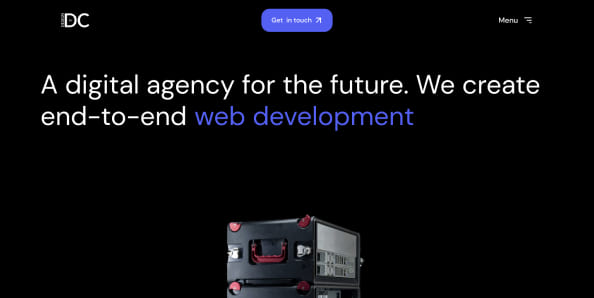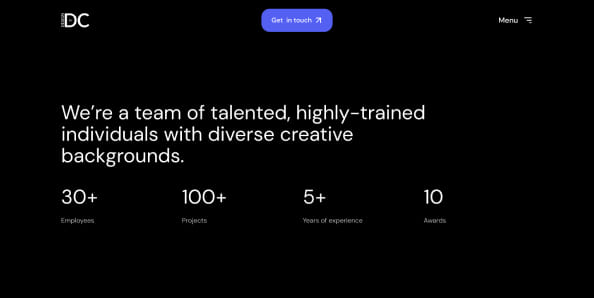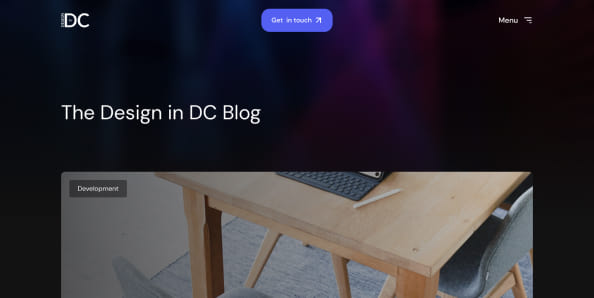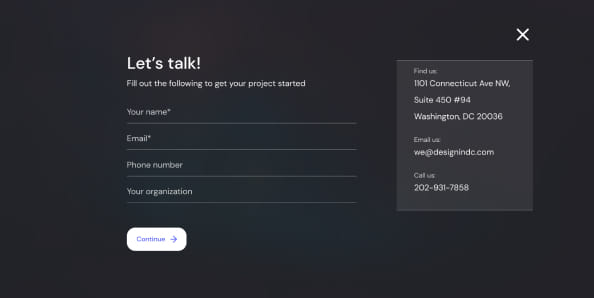How to Get Discovered Online
You wouldn’t throw a party and not invite anyone, right? The same is true for your website. After putting in an enormous effort to design and develop your website–whether it’s a redesign or a new build– you want to see results in the form of clicks and conversions. But if you’re lost in the fray, those results are hard to come by.
Getting discovered sounds intimidating, especially as companies move their business online with increasing frequency. How do you stand out from the crowd? How do you ensure that Google ranks you? And how do you keep your viewership strong– over time and across platforms?
There are some very basic steps you can take at all stages of your build (or redesign) to make your site discoverable.
Start with Your Code
While source code might appear to be intimidating, it’s an important tool to drive traffic to your site. Source code is like your website’s bio– search engine’s read it to get a feel for what each page is about, and rank it accordingly.

Utilize Tags
When it comes to source code that’s SEO friendly, it’s all about your tags. For instance, your title tag will determine what appears in the search engine, and is generally the link users will click on to reach your site. It’s important that you treat your title tag like an advertisement– make it flow, keep keywords organic, and try to entice your reader into clicking.
There are other important tags to consider as well. Meta descriptions encompass the information below your title, that describes each page. While this information may not affect your ranking, it’s not all about what Google reads– it’s about what users read as well. Anyone reading this description is already interested in what your page has to offer. So a well-written description can go a long way in getting visitors to your page.
Consider internal links as well. In your source code, internal links will include the content that nests the tag, or the anchor text. Google and other search engines read the anchor text to figure out what your site is about, and to determine how they should serve it to their users. For this reason, it’s important that the text makes sense and is duly descriptive.
Schema Markup
There are plenty of more advanced ways to use your code to get noticed as well. For instance, many companies are now using schema markup. Schema markup is a lesser used (and therefore ripe for opportunity) SEO tool. It uses rich snippets, or enhanced descriptions, that appear in search engines once you add the markup to your page. These enhanced descriptions help search engines specify what your page is about with even more precision.
Use Keywords Organically
We’ve all heard about the importance of keywords when it comes to SEO. But we want to get our websites discovered– and drive conversions. These two elements are both essential for the growth of your online business.

Utilizing SEO on the page is all about writing quality content. Google and other search engines don’t just look for keywords and reward sites that use them the most. Why not? Well– that just allows website owners to stuff their pages full of keywords, regardless of whether those pages answer important questions or provide valuable information. That’s what really matters to Google, and it should matter to you, too.
Try to write content that is original and engaging. In other words, write what you want to read. A hyper-focus on keywords leads to dry, dull pages that don’t necessarily make sense. This practice may seem straightforward, but it can make a huge difference in getting users on site and keeping them there.
Make sure your site runs well– and fast
Another important factor to consider when building your site is its speed. Of course, there are a myriad of benefits to having a speedy site. Remember, users are impatient, and hate long loading time.
But for our purposes, it’s notable that Google’s algorithm for ranking pages considers site speed, and actually measures it as well. So, not only is this factor essential for user experience, it will also impact your ranking on Google. Additionally, slower page speeds can mean that search engines crawl fewer pages– which can negatively affect how you index in search results.

There are lots of things to consider when trying to speed up your site. Consider using software applications to compress script files; optimize your code by removing unnecessary elements and comments; ensure that your images are as small as possible; and minimize the amount of redirects required for users to navigate your site. All of these tips, and more, can help increase your speed and improve your Google ranking.
Get Discovered on YouTube
And no– we don’t mean as a burgeoning singer-songwriter. While not all businesses may consider it, video content can achieve great results with search engines, particularly Google (who happen to own YouTube). Over 2 billion people worldwide use YouTube. That’s a huge platform for your brand (about a quarter of the population, in fact).
Like the copy on your site, videos should be high-quality, and provide value. That may come in the form of an educational or how-to video, a vlog post, or something that’s pure entertainment. It may seem like a lot of work to put together video content– but it’s well worth it. And some agencies, including Design in DC, provide videography services that can help you along.
YouTube SEO
From a marketing perspective, strong video content helps you gain a following, and increases traffic to your video and subsequent site. But posting on YouTube has important implications for SEO as well.

Start by learning what your users are searching for, and build your video content around their needs. Consider relevant keywords and topics, and incorporate them into your content. That might include the title of your video, the description, links to valuable content on your site, as well as video tags.
Image Quality and Content
Consider visual elements as well– the thumbnail of your video has a huge impact on clicks, and subsequently SEO. Make sure your thumbnail image is one that will connect with your audience and intrigue them. Finally, ensure your video is in the best format possible. For YouTube that means MPEG-4, with a resolution of 1280 x 720 (16:9 HD) and 640 x 480 (4:3 SD).
It’s More that Just SEO
We’ve talked a lot about how impactful SEO can be. But remember, it’s all about creating a site that meets your audience needs. If you’re throwing a party, not only should you invite guests, you should also make sure they have a great time. That’s what creating a successful website is all about– using the resources you have to engage, educate, and excite. SEO is just one piece of the puzzle.












